Your feline companion has been dropping hints for months, maybe even years. Those little behaviors you notice but never quite understand? They’re actually desperate attempts at communication. While you’ve mastered the basics of feeding and cleaning the litter box, there’s a whole world of cat happiness you might be missing.
These aren’t the obvious things like treats or toys. These are the subtle, deeply ingrained preferences that make the difference between a content cat and a truly fulfilled one. Some might surprise you with their simplicity, while others reveal just how complex your cat’s emotional world really is.
Slow Blinking Back When They Give You “Cat Kisses”
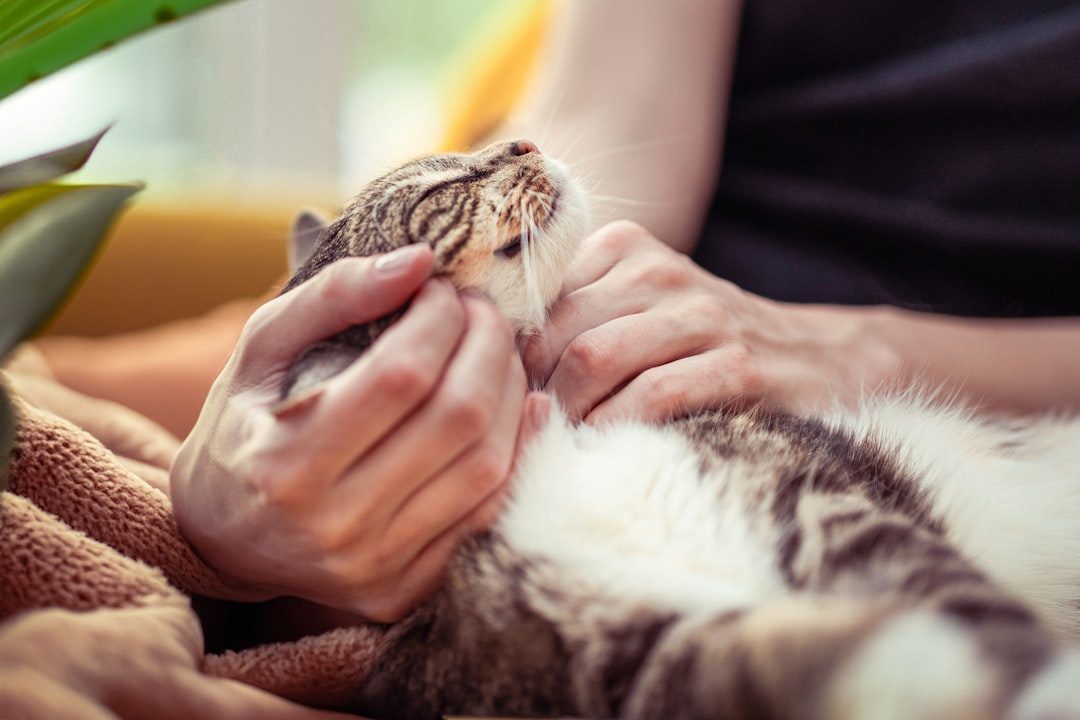
When cats are blinking slowly towards their humans, it often signifies affection, trust, and feeling safe in their company. When a cat gazes at a person and gradually closes and opens its eyes, it’s more than just a leisurely blink; it’s a love blink gesture laden with contentment and trust. This slow closing of the eyes, performed in a relaxed state, is widely recognized among feline behaviorists as a sign of affection, akin to a cat’s version of a smile or a gentle nod of acknowledgement.
The magic happens when you reciprocate. Cat half-blinks and eye narrowing occurred more frequently in response to owners’ slow blink stimuli towards their cats (compared to no owner–cat interaction). In a second experiment, this time where an experimenter provided the slow blink stimulus, cats had a higher propensity to approach the experimenter after a slow blink interaction than when they had adopted a neutral expression. You’re essentially speaking their language of trust and affection.
Creating Elevated Highways Throughout Your Home
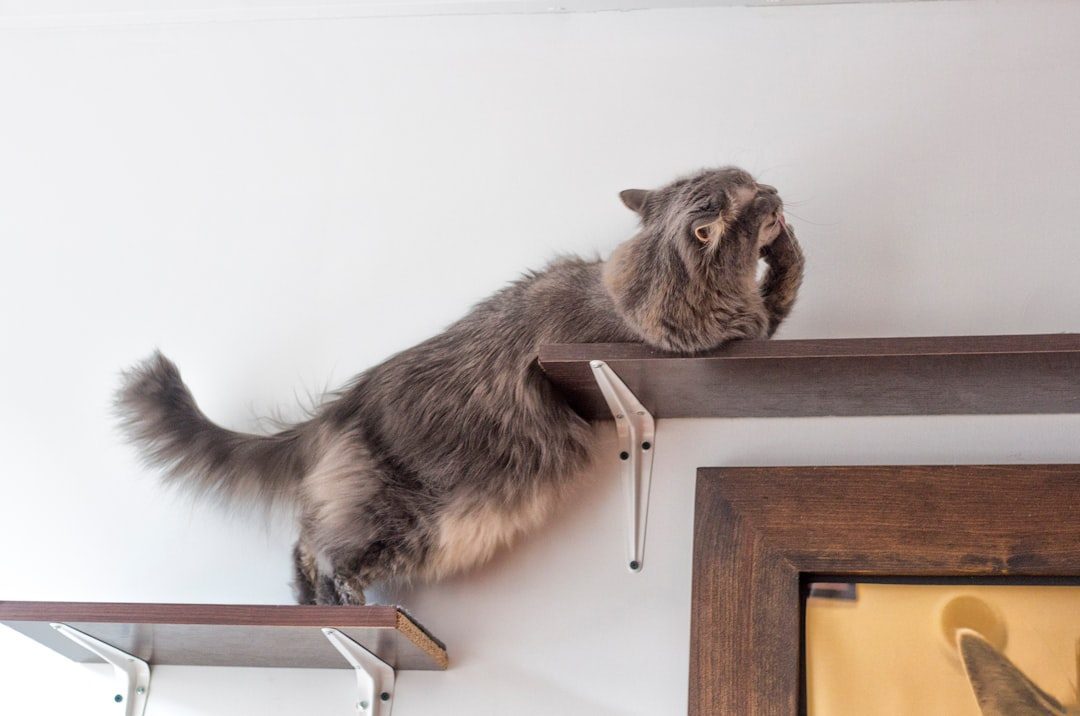
Jumping and climbing to high places continues to be a normal behavior for our domesticated cats. Like their ancestors, your feline friends seek out high places to survey their home territory and to escape from another pet in the home, a young child or something that scares them. You can satisfy your cat’s love of high places by providing “approved” places for climbing, jumping, escaping, resting and surveying the environment.
Think beyond just a single cat tree. I’ve often said that we live in a horizontal world, but cats live in a vertical one. Cats love to climb for many reasons. First, being able to get to an elevated location provides safety because it increases the ability to watch for danger, escape from predators, and makes it more difficult to get ambushed from behind. Connect shelves, install wall-mounted perches, and create pathways that let your cat travel the room without ever touching the ground. This transforms your living space into their personal jungle gym.
Hiding Food Around the House Like Treasure
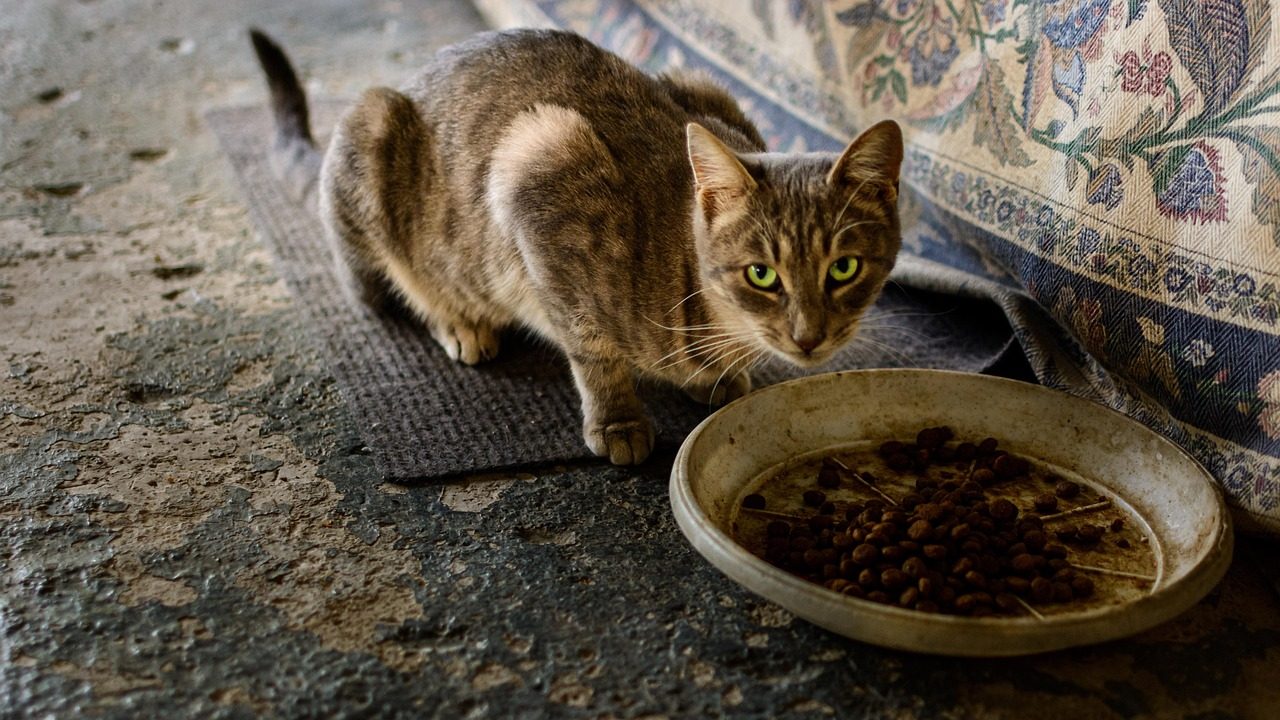
Engage your cat’s natural hunting abilities by playing hide-and-seek games. Hide small treats or toys around the house, encouraging your cat to search and discover them. You can even scatter their meals into smaller amounts around the house. This taps into something primal that regular bowl feeding simply can’t satisfy.
Novel feeding methods can encourage search and capture behaviors that aren’t triggered by setting a prepared meal on the floor. Try hiding small amounts of dry food around the house to prompt your cat’s need to search and hunt. Place kibble in different rooms, tuck treats inside paper bags, or use puzzle feeders. Your cat transforms from a passive eater into an active hunter, which mentally exhausts them in the most satisfying way possible.
Providing Multiple Scratching Surfaces in Different Textures
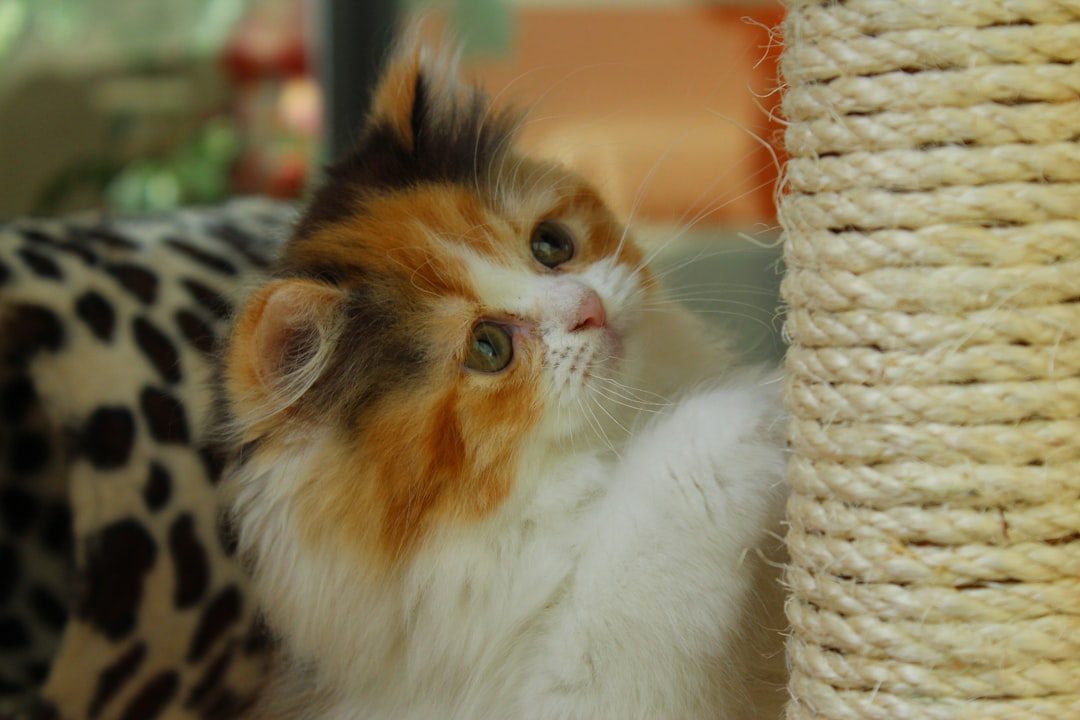
One of cats’ natural, normal and necessary behaviors is to scratch inanimate objects. Cats don’t scratch furniture and other items to be spiteful – they’re behaving like cats. According to International Cat Care and AAFP, cats scratch objects in their environment for several reasons: Loosen and remove the outer layer of their claws (called a claw husk) Mark their territory with visual cues and scent as a message to other cats and animals · Stretch their bodies, especially their limbs and spines
Cats love to scratch and they need appropriate, appealing surfaces to display this beneficial behavior. Provide tall, sturdy scratching posts covered in a rough material such as sisal. Cats also enjoy horizontal scratching so adding a few corrugated cardboard horizontal scratch pads are recommended. Don’t just stick with one scratching post in the corner. Your cat craves variety, different angles, and textures that feel just right under their claws.
Installing Water Fountains Instead of Static Bowls
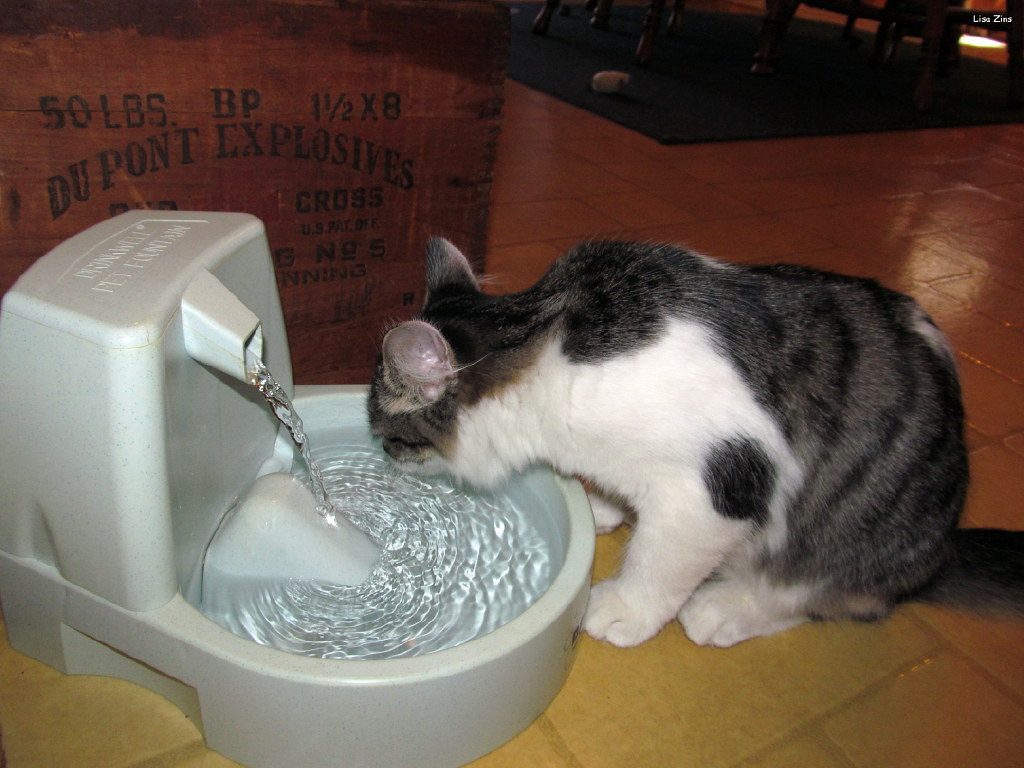
Cats are surprisingly particular about their water. Many prefer running water, which is why fountains are a popular choice. The sound and movement of flowing water attract their curiosity and encourage hydration. This isn’t just about being picky; it’s rooted in evolutionary biology where moving water typically meant safer, fresher sources.
Having a Petcube Pet Water Fountain within your cats helps make sure that they get enough clean water. After all, drinking clean water is essential to your cat’s health and wellbeing. The gentle bubbling sound also provides auditory enrichment throughout the day. Many cats who barely sipped from bowls become enthusiastic drinkers once they have access to flowing water.
Creating Cozy Hideaways in Unexpected Places
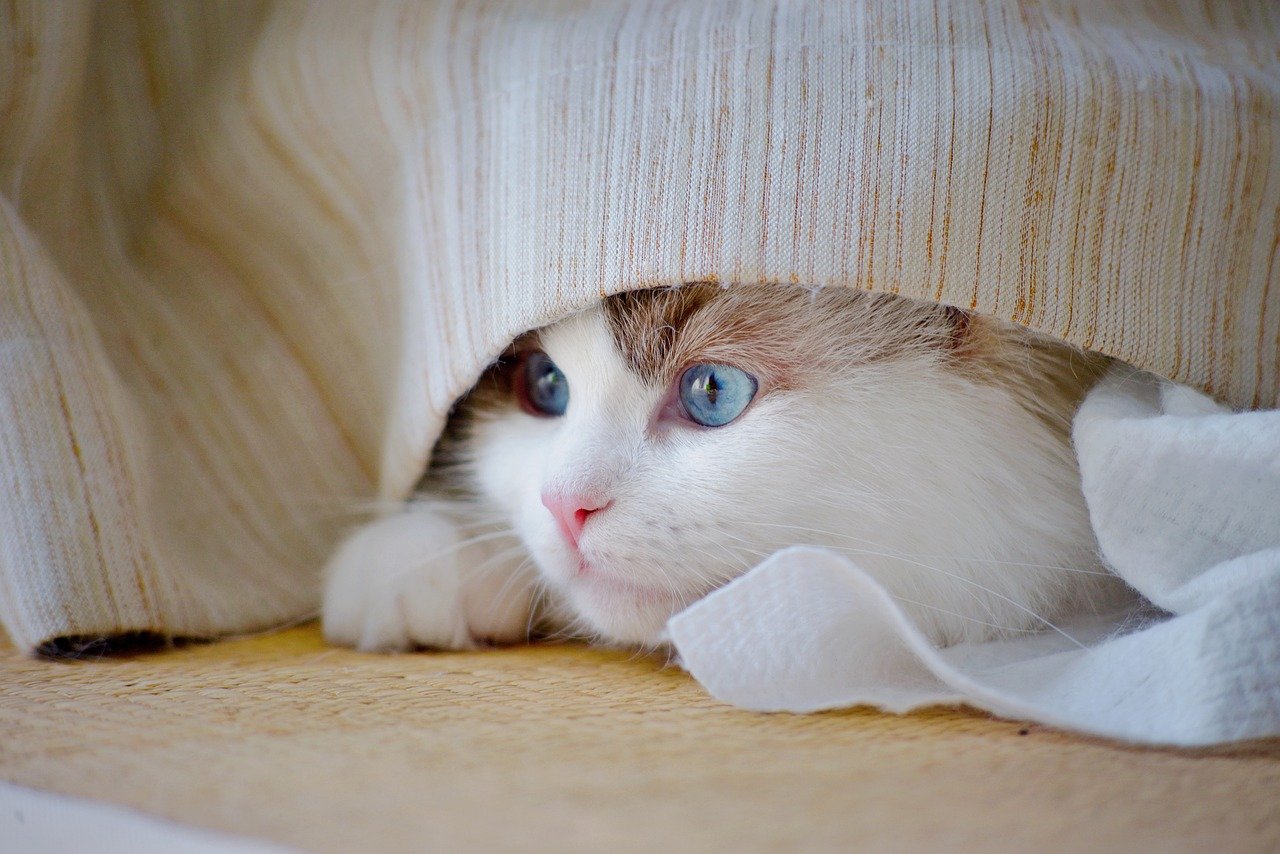
Memes say, buy your meow buddy the best luxurious cat bed, and he will smilingly settle down in its box. There are a variety of reasons for that. In particular, cats may feel safer in enclosed spaces, or perhaps felines desire to hide from annoying hugs when they don’t feel like hugging.
Closets, open crates, high shelves, cat trees, the space under beds, and rooms sectioned off with baby gates are great places to put a comfy cat bed or blanket to create a safe place. Your cat doesn’t want to be constantly visible and accessible. They need quiet retreats where they can decompress and observe their territory from safety. Think like a cat burglar; where would you hide if you needed to disappear quickly?
Using Their Pheromone Communication System
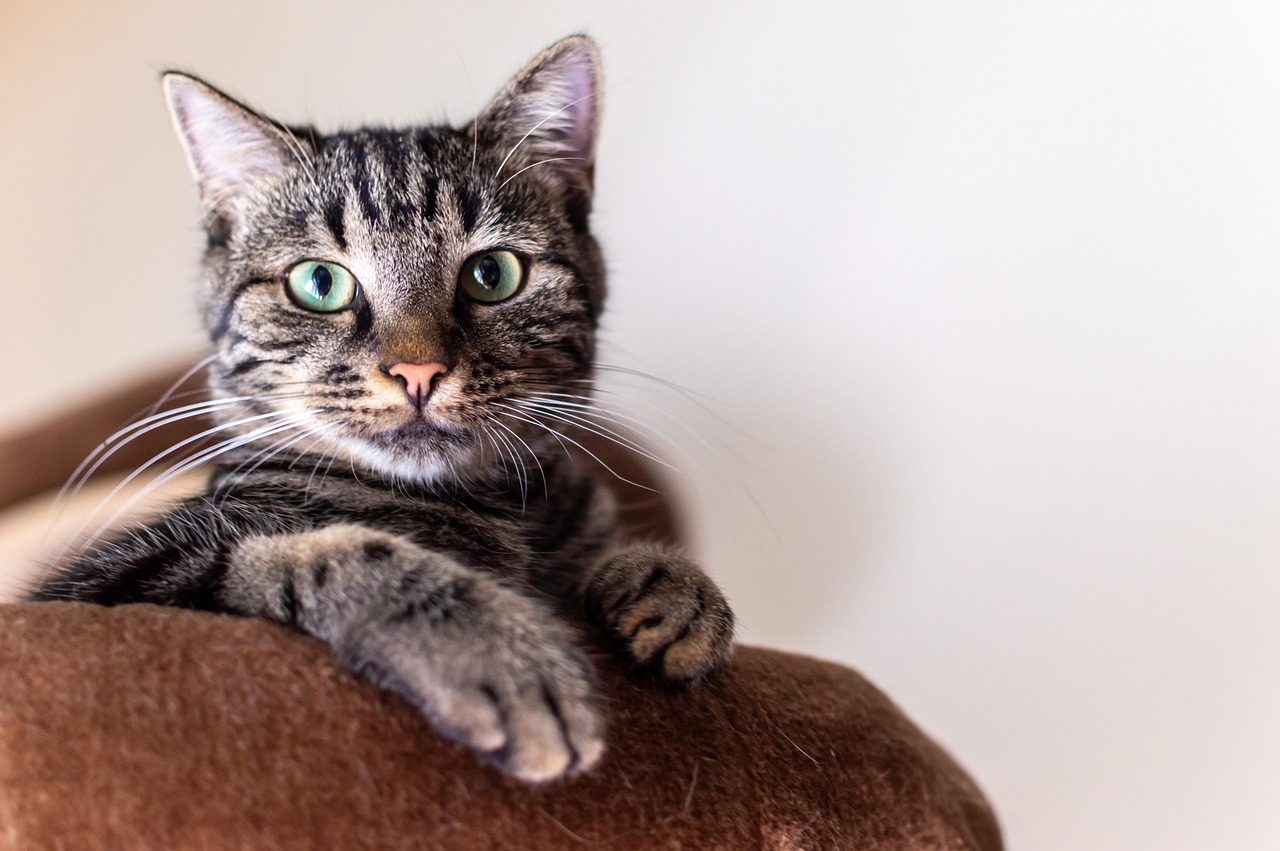
As well as the physical signs of communication, the feline species normally communicates through pheromone messages, which are released through the scent glands on their body, at different times and for specific reasons. These glands are located on their chin, lower ears, forehead, cheeks, tail, rear, back and paw pads, and are used for different purposes. Cats will use pheromones to leave their scent and mark their territory. When your cat rubs their head against you, furniture or other objects, comforting pheromones are released from their cheeks to enhance bonding and signal happiness and contentment.
FELIWAY Optimum uses a feline pheromone complex to provide environmental and social comfort, and is recommended by vets to aid cats when they display signs of stress, helping them to remain calm. Synthetic pheromone diffusers can recreate the calming scents cats naturally produce when they’re content. It’s like giving them a constant reminder that their environment is safe and familiar.
Engaging in Proper Play That Ends with a “Kill”

The right toys can be very effective, such as those that mimic prey and their actions. This kind of movement and sound sparks your cat’s instincts to chase and pounce. It’s important to provide toys that your cat can catch. On the other hand, something like a laser pointer is not a good choice because your cat can’t catch anything and finish the hunt – leading to frustration that can elicit negative behaviors.
Play helps cats express instincts that are meant to make them effective hunters, as well as helping to give them an outlet for energy that has no way to be expelled inside their kennel environment on its own. Successful “hunting” and play activities are also linked with increasing confidence. In addition, hunting/play behaviors are intimately tied into appetite for cats, and can promote a natural activity cycle. Your cat needs to experience the complete hunting sequence: stalk, chase, pounce, catch, and “kill.” When play sessions end without this satisfying conclusion, you’re leaving them mentally incomplete.
Understanding your cat’s deeper needs isn’t just about making them happy; it’s about honoring their complex nature. These behaviors might seem like simple preferences, but they represent thousands of years of evolutionary programming that doesn’t disappear just because they live indoors.
The beautiful thing about implementing these changes is watching your cat transform. They become more confident, more playful, and paradoxically, more affectionate when their instinctual needs are met. What do you think surprised you most about your cat’s hidden desires?





